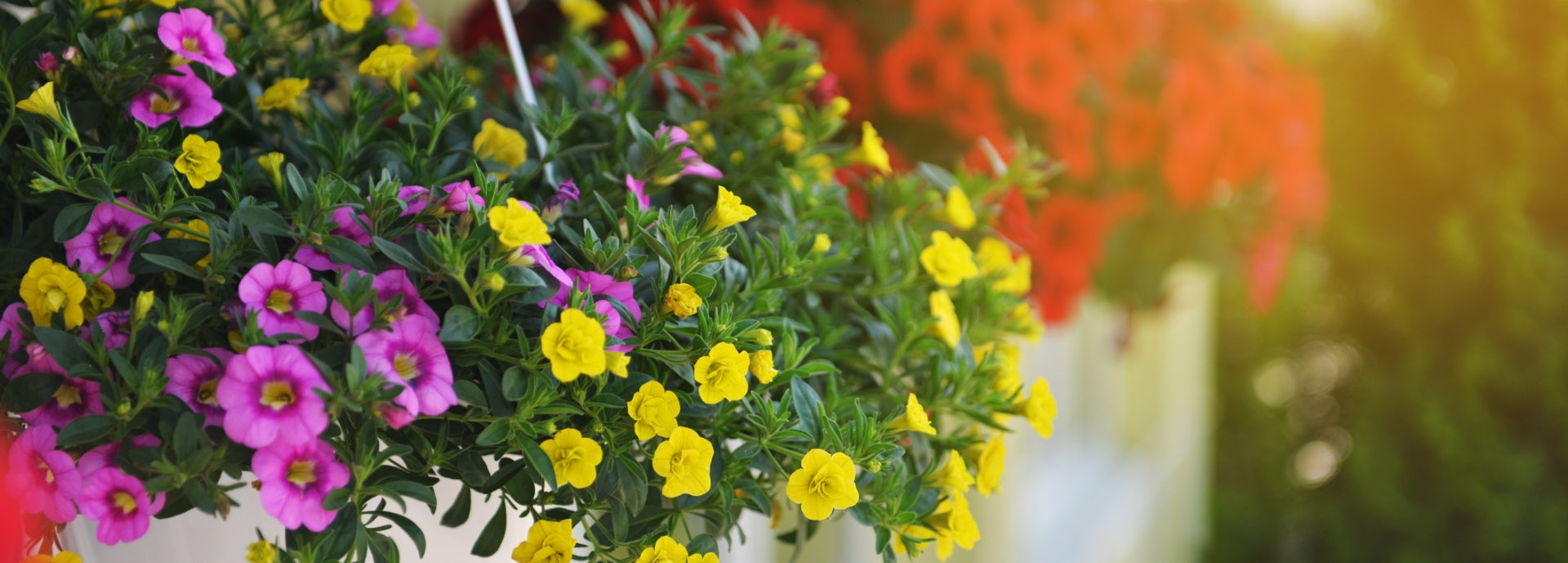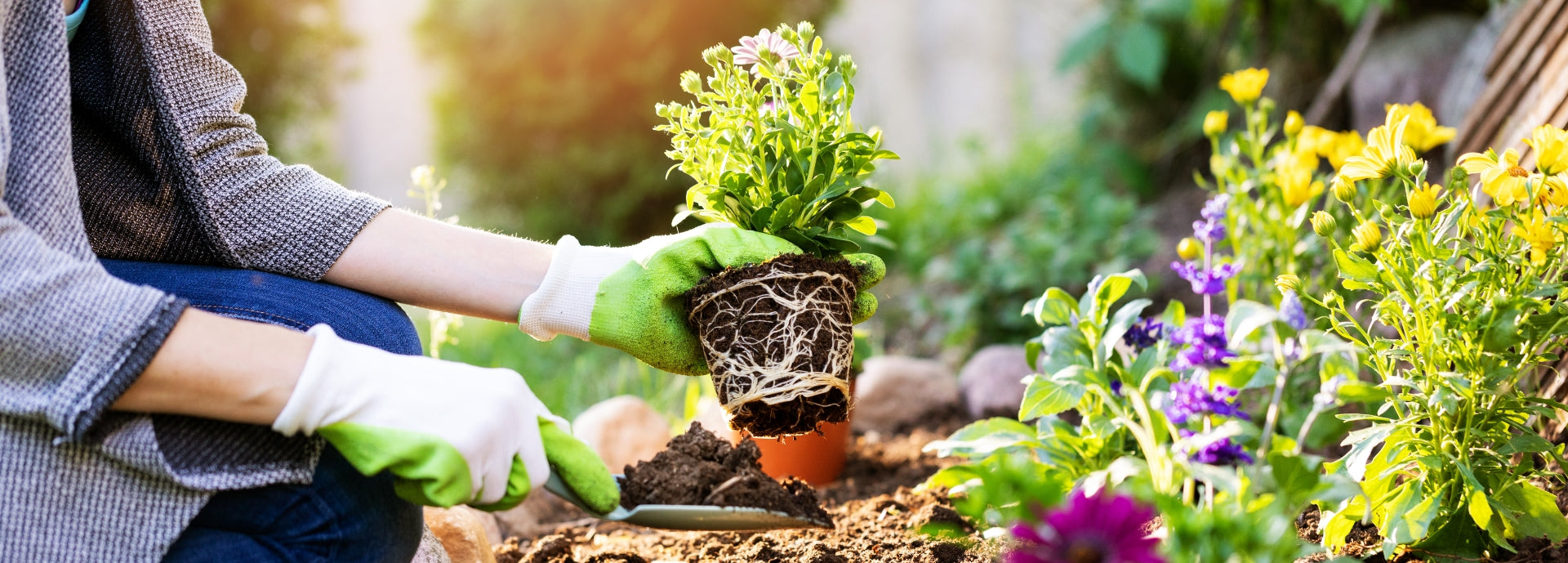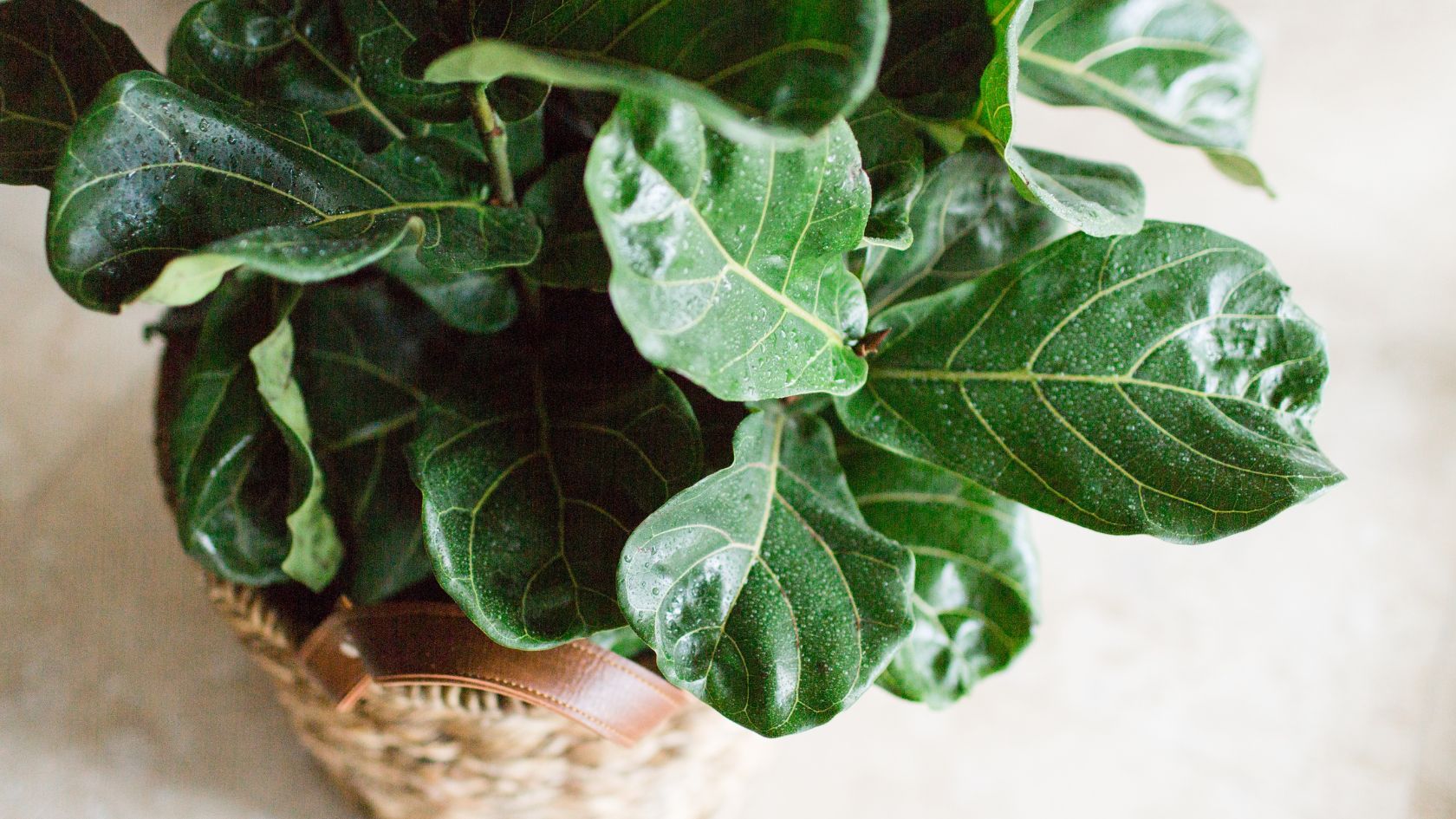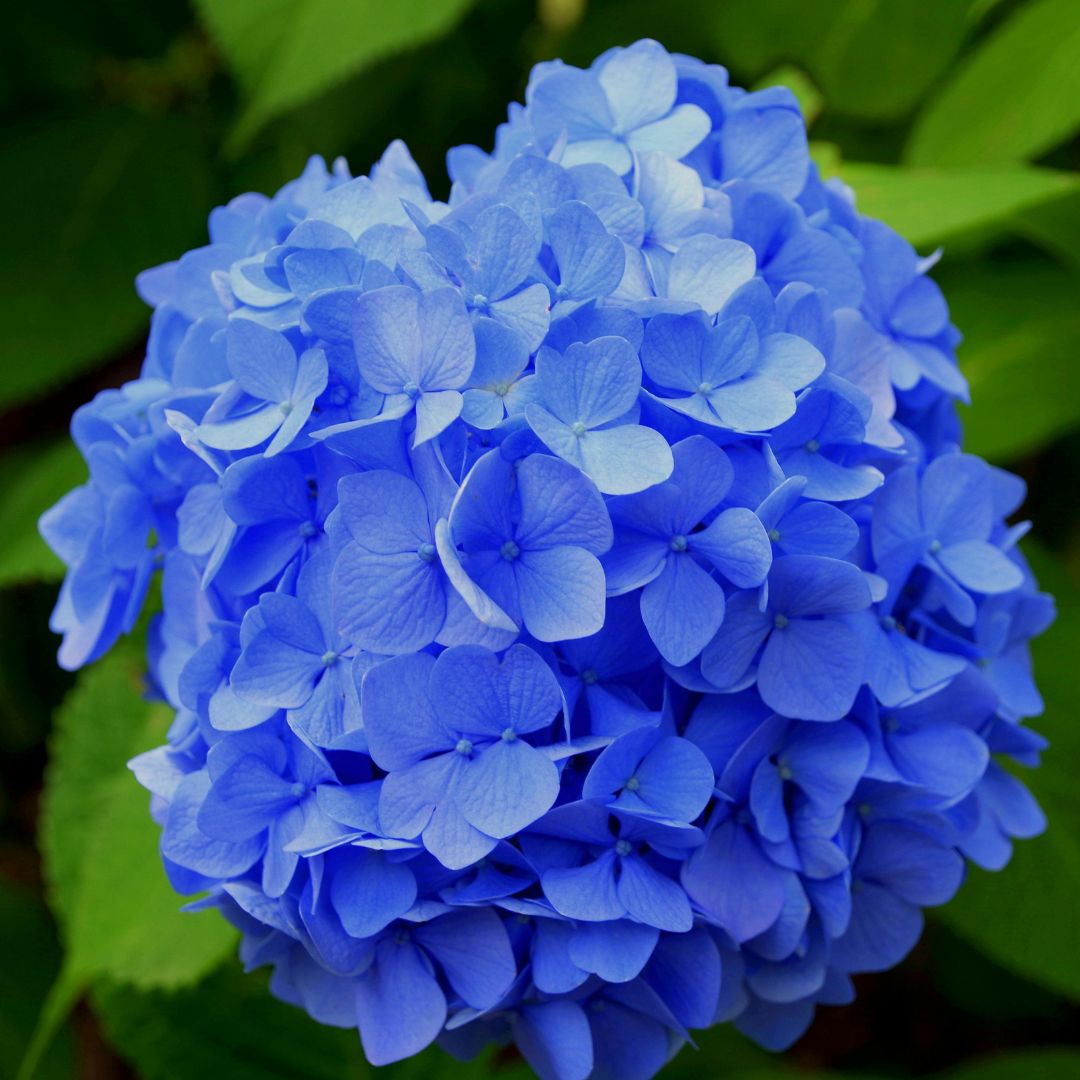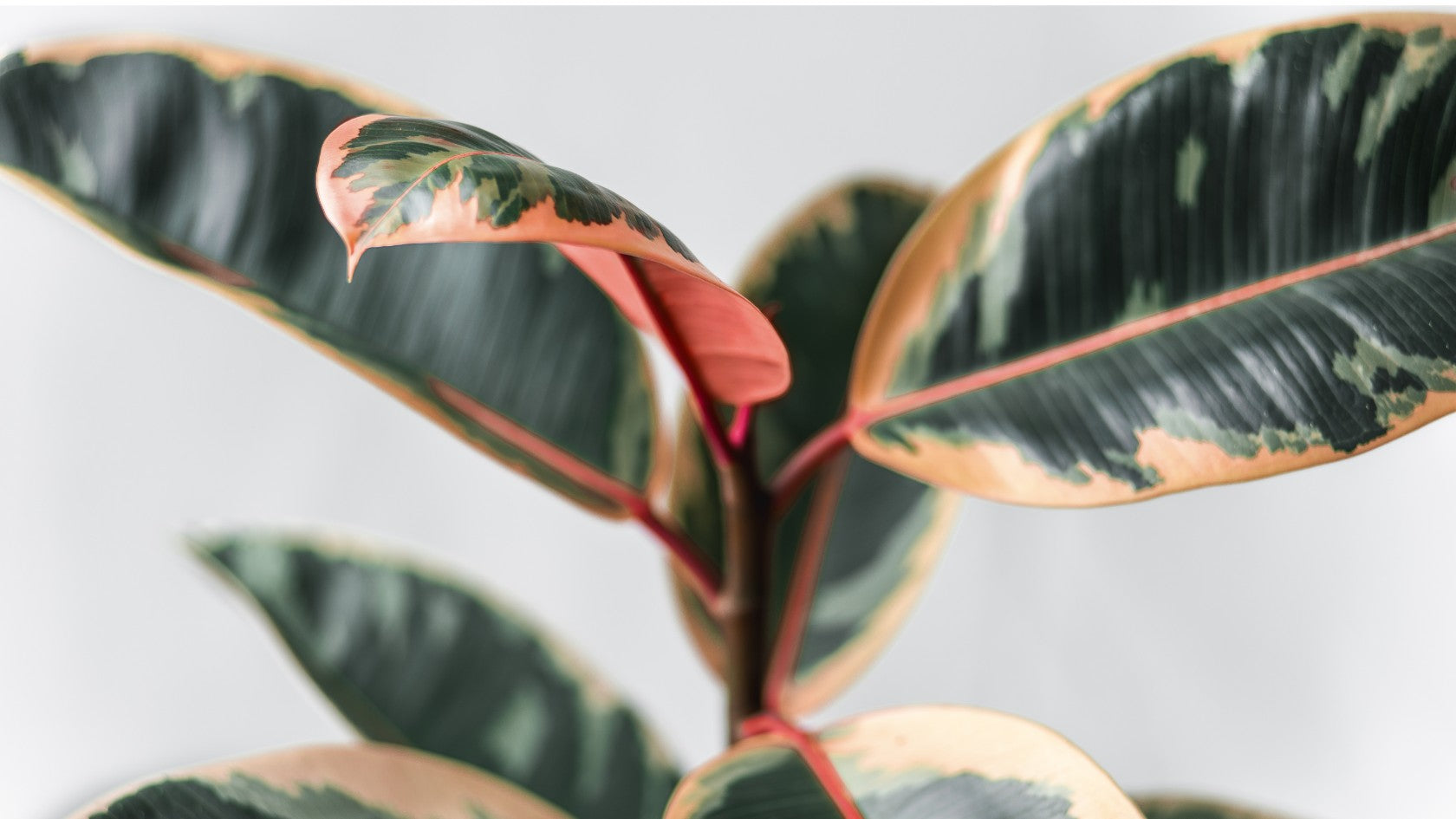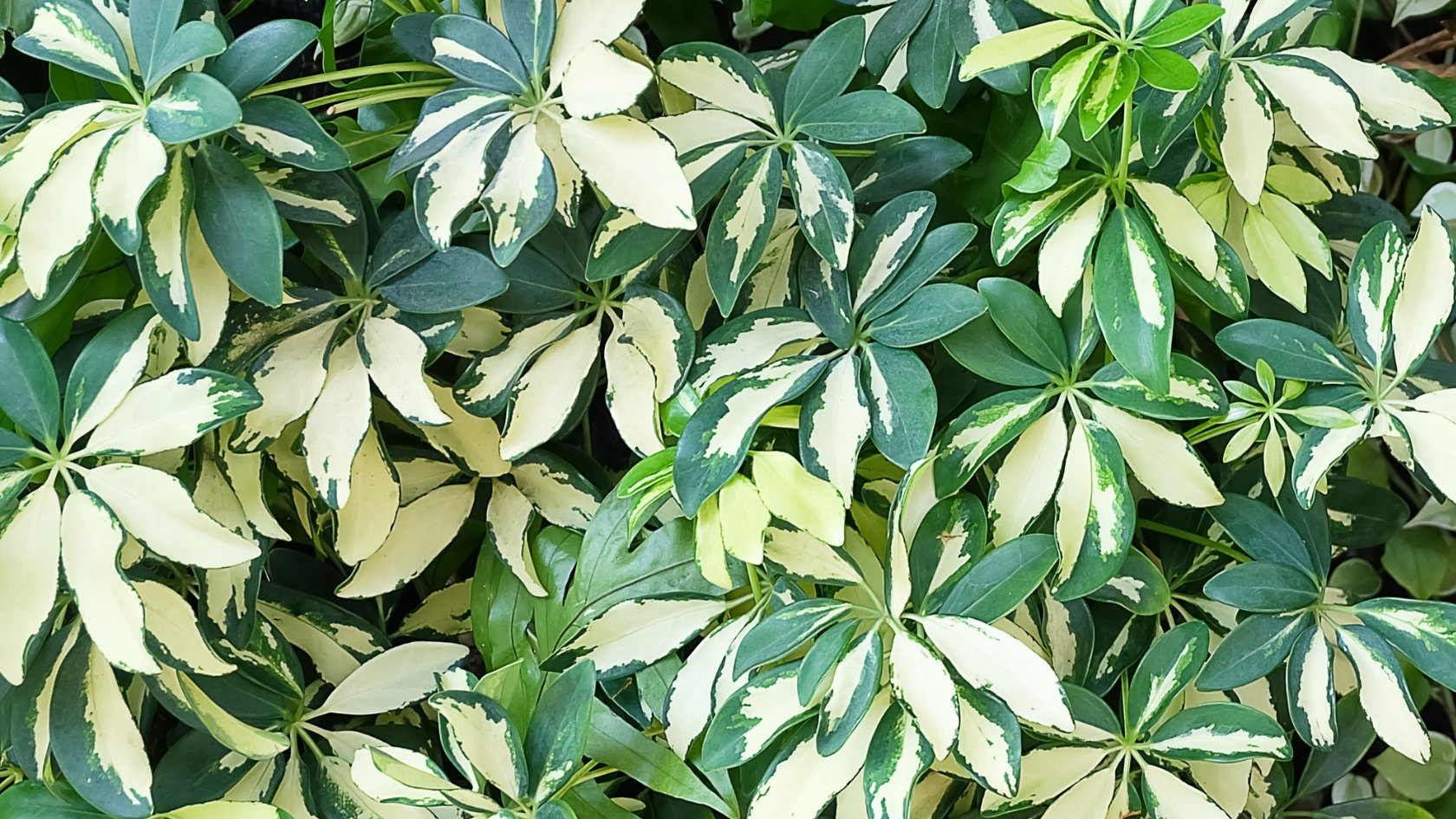The Fiddle Leaf Fig (Ficus lyrata) has gained immense popularity in recent years, becoming a favorite among gardeners and indoor plant enthusiasts alike. With its large, glossy leaves and elegant stature, the Fiddle Leaf Fig adds a touch of tropical beauty to any space. However, caring for this stunning plant can be a bit challenging, requiring attention to detail and specific growing conditions. Here are some valuable tips and tricks for successfully caring for a Fiddle Leaf Fig.
Optimal Lighting
Fiddle Leaf Figs thrive in bright, indirect light. Place your plant near a north or east-facing window where it can receive a few hours of filtered sunlight each day. Avoid placing it in direct sunlight, as this can scorch the leaves. If natural light is limited, you can supplement with fluorescent or LED grow lights to ensure your Fiddle Leaf Fig gets adequate light.
Temperature and Humidity
Fiddle Leaf Figs prefer temperatures between 60°F and 75°F (15°C and 24°C). Avoid placing them in drafty areas or near heating or cooling vents, as sudden temperature fluctuations can stress the plant. Adequate humidity is crucial for their well-being. Mist the leaves regularly or place the plant on a tray filled with pebbles and water to increase humidity levels.
Watering
Proper watering is key to keeping your Fiddle Leaf Fig healthy. Water the plant when the top inch of soil feels dry to the touch. Ensure that the water drains freely from the bottom of the pot and never let the plant sit in standing water, as this can lead to root rot. Remember, it's better to underwater than overwater a Fiddle Leaf Fig, as they are prone to root rot caused by excess moisture.
Soil and Potting
Fiddle Leaf Figs prefer well-draining soil to prevent waterlogging. Use a high-quality potting mix that contains peat moss, perlite, or vermiculite to ensure proper drainage. When repotting, choose a pot that is only slightly larger than the current one to avoid excessive moisture retention. Repotting is generally done every 1-2 years, preferably during spring.
Fertilization
Feed your Fiddle Leaf Fig with a balanced, water-soluble fertilizer once a month during the growing season (spring and summer). Dilute the fertilizer to half the recommended strength to avoid burning the roots. Refrain from fertilizing during winter when the plant is in a dormant phase.
Pruning and Maintenance
Regular pruning is necessary to maintain the shape and size of your Fiddle Leaf Fig. Remove any damaged, yellowing, or diseased leaves promptly. You can also trim back leggy growth to encourage a fuller appearance. Use clean, sharp pruning shears to prevent damage and make clean cuts.
Monitoring for Pests
Keep an eye out for common pests like spider mites, mealybugs, and scale insects. Regularly inspect the leaves, especially the undersides, for signs of infestation such as webbing, sticky residue, or small insects. If pests are detected, isolate the plant and treat it immediately with an appropriate insecticide or natural pest control methods.
With the right care and attention, your Fiddle Leaf Fig can thrive and become a stunning focal point in your garden or indoor space. Remember to provide adequate light, maintain proper watering, and monitor the plant for signs of distress or pests. With these tips and tricks, you'll be well on your way to successfully caring for your Fiddle Leaf Fig and enjoying its beauty for years to come.


